GO-BGC and IntegraSEE take different approaches to develop a ‘canary in the coalmine’ for ocean health
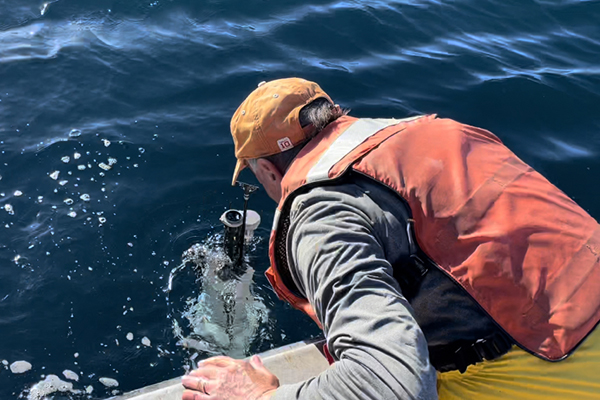
New climate change data from the oceans could soon be at our fingertips, giving seafood producers preemptive warnings on levels of carbon dioxide in the ocean, red tide alerts and an array of other information on ocean conditions that affect the health of seafood.
The Global Ocean Biogeochemistry Array (GO-BGC) is one year into a five-year project to build and deploy 500 robotic ocean-monitoring floats around the globe. The floats will contain chemical and biological sensors able to collect data from the ocean surface up to a depth of 2,000 meters and to text their data back to land via iridium satellite in real time. The project is funded by a (U.S.) $53 million grant from the National Science Foundation.
Ken Johnson, senior scientist at the Monterey Bay Aquarium Research Institute, one of the participating research organizations, said the data supplied by the floats will help them monitor carbon, oxygen, nitrogen and microscopic plankton in the ocean.
Deployment began a year ago and 50 floats are already in the water. They drift free, submerged at a depth of one kilometer (0.62 miles) for 10 days. Then they descend to two kilometers (1.24 miles) depth before they start making measurements on their way back to the surface. They contain sufficient power to perform this routine 250 times over a course of seven years before they need to be replaced. Since it is not economical to retrieve them, Johnson said most of them will end up discarded on the ocean floor once their batteries expire.
While scientists are the main users of the data they supply, the data itself is available to everyone, he added.
“The floats operate in the open ocean, not the continental shelf where most aquaculture is located,” he said. “But you have to know what’s going on in the open ocean to understand the impact of any one phenomenon, and how it affects aquaculture.”
The challenge, he added, is to provide the data in a format that the general community can understand: “We want fisheries services to be able to use our data, and for our data to link to fishery models. For example, if we understand the ocean conditions better, we might have a better idea how it affects the return of salmon to the Fraser River in British Columbia, Canada, or how red tide blooms affect tuna in the equatorial Pacific,” he said.
“We’re providing a service that didn’t exist before, so there’s no infrastructure at present. One of my jobs is to work with the community to figure out how to make this data relevant.”
Killers at sea: Harmful algal blooms and their impact on aquaculture
One of the immediate recipient targets is those who run fisheries productivity models, and who will be able to assimilate it into those models for greater accuracy.
“Most of those models don’t have ocean data in them,” Johnson said. “In the equatorial Pacific, understanding the distribution of oxygen is crucial, and that’s precisely what we do on our floats. But there’s a fundamental gap we need to work on: how to turn our data into information that customers can use, We’re still dependent on others to figure that out.”
For now, GO-BGC is operating on the “build it and they will come” mode, he added. And progress is happening, with NOAA conducting a workshop planned for this summer on how to assimilate the float data into its models.
While the GO-BGC floats contain chemical sensors, one Canadian company is trying to use live mussels as an early warning system to detect the presence of algal blooms, pollutants, high water temperatures and hypoxic conditions before they endanger marine life.
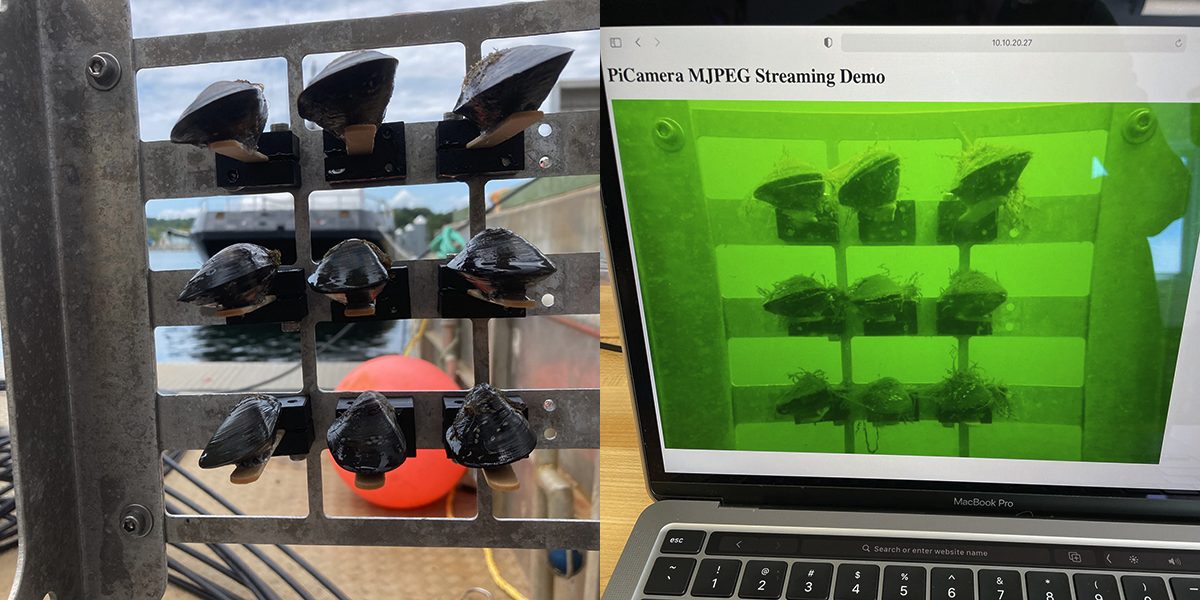
Nova Scotia-based IntegraSee’s MarineCanary is suspended in the water column and contains a set of live mussels. When enough of them close their shells, a warning is sent to the user’s mobile device. Mussels open their shells to allow water to be siphoned in and out for respiration, feeding and releasing pseudofeces and spawn. Typically, they close their shells in response to a stimulus that might pose a risk to their health.
“In our waters, mussels and oysters can remain shut for long periods of time to ride out exposure to air during low tide, low oxygen levels in the water, very warm or cold water and drops in salinity due to storm events introducing freshwater runoff and rain,” said CEO Lawrence Taylor. “We are presently working on how mussels react to waterborne issues that directly affect the health of marine life (wild stocks, commercial fisheries and aquaculture) and humans, which could include the mussels completely closing their shells or “micro” closures.”
Because of this natural ability, Taylor believes mussels can inform aquaculture producers that potentially harmful changes are imminent. The company set its first pilot in the water in July 2021 to record the daylight sequences of mussels. The missing link to date is to understand the connection between the mussels’ behavior and the ocean conditions.
“We’re giving marine animals a voice and now we need to recognize what they’re saying,” he said. “For example, the mussels’ closures could be full closures, or micro-closures, and we need to go to our sensor data to try and understand this.”
The MarineCanary (MC) is at least a year away from being useful to aquaculture producers, but for mussel and oyster growers – particularly those in Canada who depend on wild spat for their farms – it can already provide relevant data on when spawning occurs. Taylor said the finfish sector and the shellfish sector will be the future customers for the MC.
We’re giving marine animals a voice and now we need to recognize what they’re saying.
“If there’s a hazardous algae bloom coming, we could see when our canaries get hit and that would give us an early predictive component so we could notify shellfish growers,” he said. “For finfish growers, who tend to be very big companies, they’d likely want to bring the system in and around their cages to monitor what’s going on.”
The MC pilot is comprised of a metal structure that holds nine mussels, extracted from wharves in Dartmouth, Nova Scotia. They are glued onto a popsicle stick and held in place by a grid. Across from them is an underwater enclosure with a camera system monitoring their behavior, and above them is a buoy. The software IntegraSee is developing will analyze video footage and rank mussel behavior such as valve-gape, feeding and respiration.
Taylor said the MC would cost (CAD) $5,000 (U.S. $3,900), but is still in its infancy, with just one pilot project in the water. “We’d have five pilots up and running if we could afford it, because we have shellfish growers, oyster growers and a group that’s looking to do salmon farming, all keen to participate. So right now, we’re raising funds for additional pilots, as we need the personnel to create more MC systems.”
He’s particularly interested in deploying an MC in a salmon farming environment. “We’re keen to see what the salmon farmers’ waters are like now and compare that to once they go into production, because a huge issue they face is social acceptability,” he said. “If we could say that our mussels are happy – and here’s the proof – then we’d know the animals in the water were happy, and so was the environment sheltering them.”
Follow the Advocate on Twitter @GSA_Advocate
Now that you've reached the end of the article ...
… please consider supporting GSA’s mission to advance responsible seafood practices through education, advocacy and third-party assurances. The Advocate aims to document the evolution of responsible seafood practices and share the expansive knowledge of our vast network of contributors.
By becoming a Global Seafood Alliance member, you’re ensuring that all of the pre-competitive work we do through member benefits, resources and events can continue. Individual membership costs just $50 a year.
Not a GSA member? Join us.
Author
-
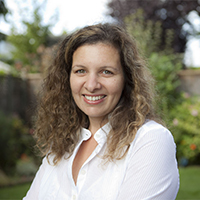
Lauren Kramer
Vancouver-based correspondent Lauren Kramer has written about the seafood industry for the past 15 years.
Tagged With
Related Posts
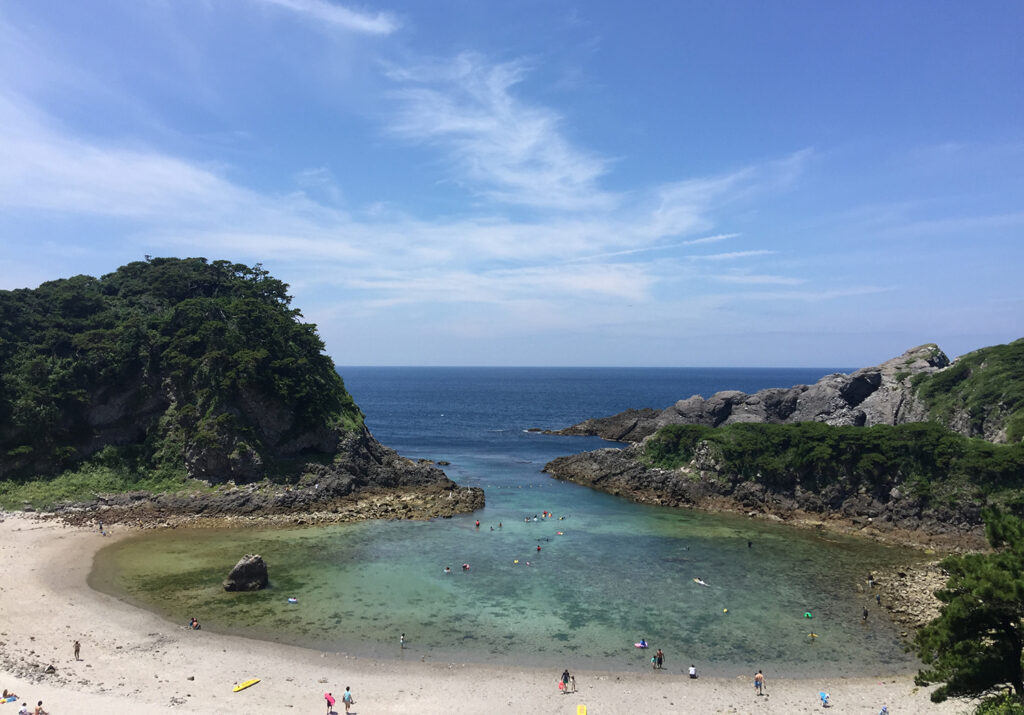
Responsibility
Is a Japanese volcano offering us a sneak preview of ocean acidification?
Shikinejima is a scenic getaway for tourists but the seas surrounding its volcano offer a glimpse of how the ocean could behave in the future.
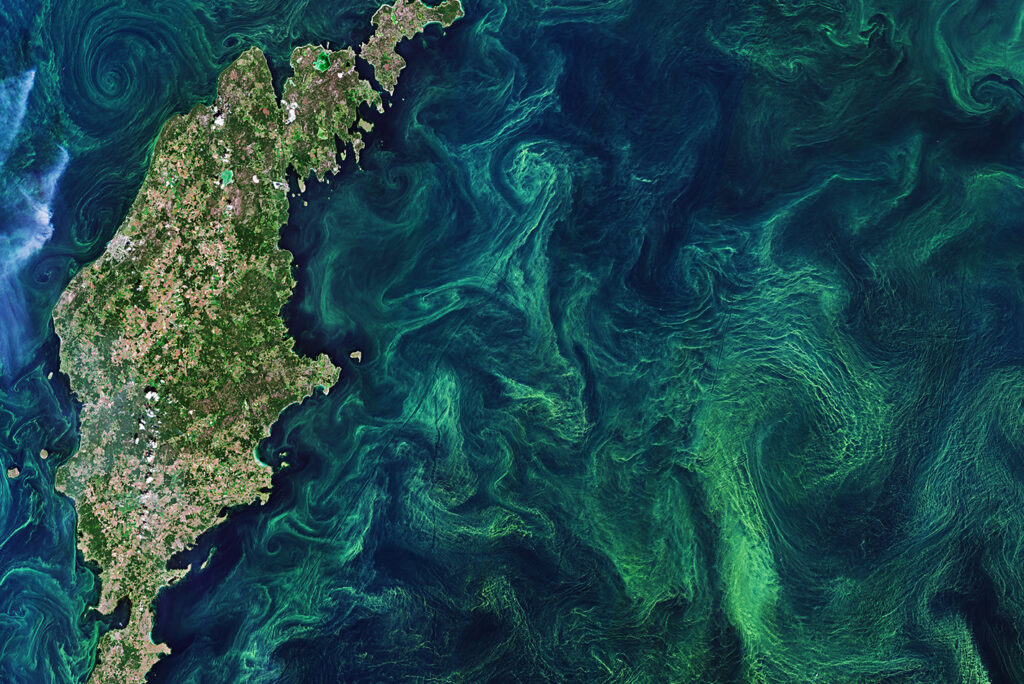
Fisheries
Increasingly frequent and costly, marine heatwaves are testing the resilience of fisheries and aquaculture
Marine heatwaves have already caused severe losses for seafood, but in some cases, the industry may see some benefits from these events.
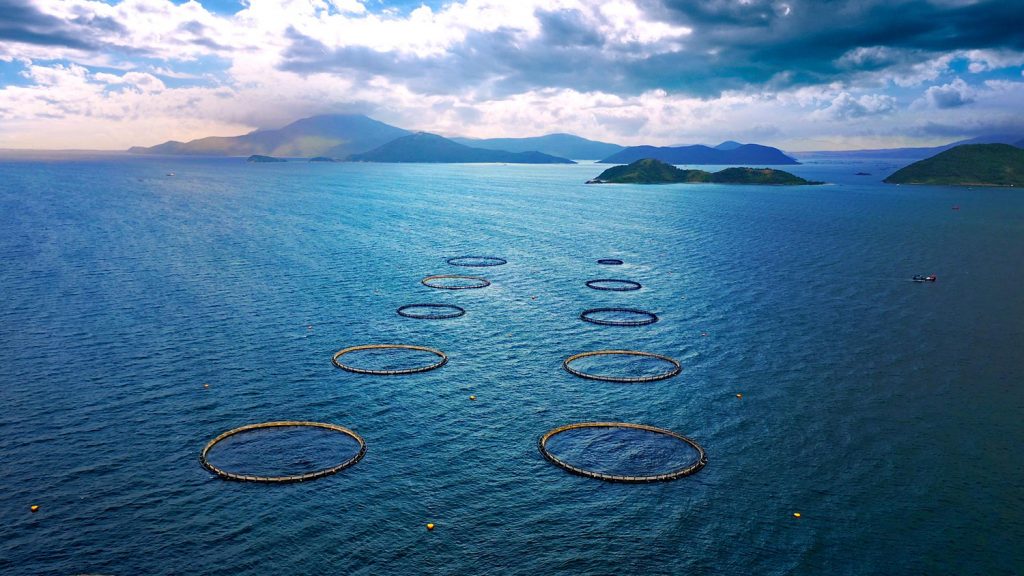
Responsibility
Does aquaculture really need a heat-tolerant salmon to adapt to rising ocean temperatures?
With rising ocean temperatures, are efforts to breed a heat-resistant salmon a race against nature? Or does the ideal fish for tropical aquaculture already exist?
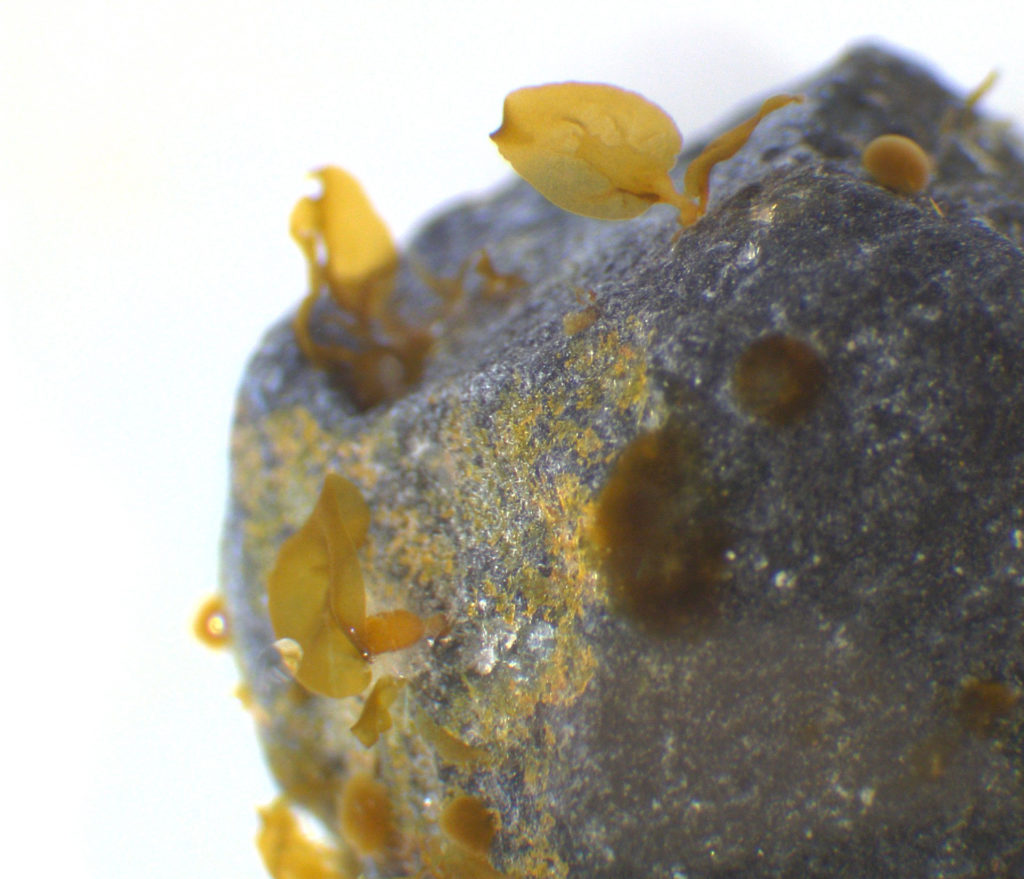
Responsibility
Kelp parachutes: Green gravel reforestation projects showing promise
Researchers are growing kelp seedlings on ‘green gravel’ and then scattering them on the ocean floor, where they’ll hopefully anchor and flourish.


